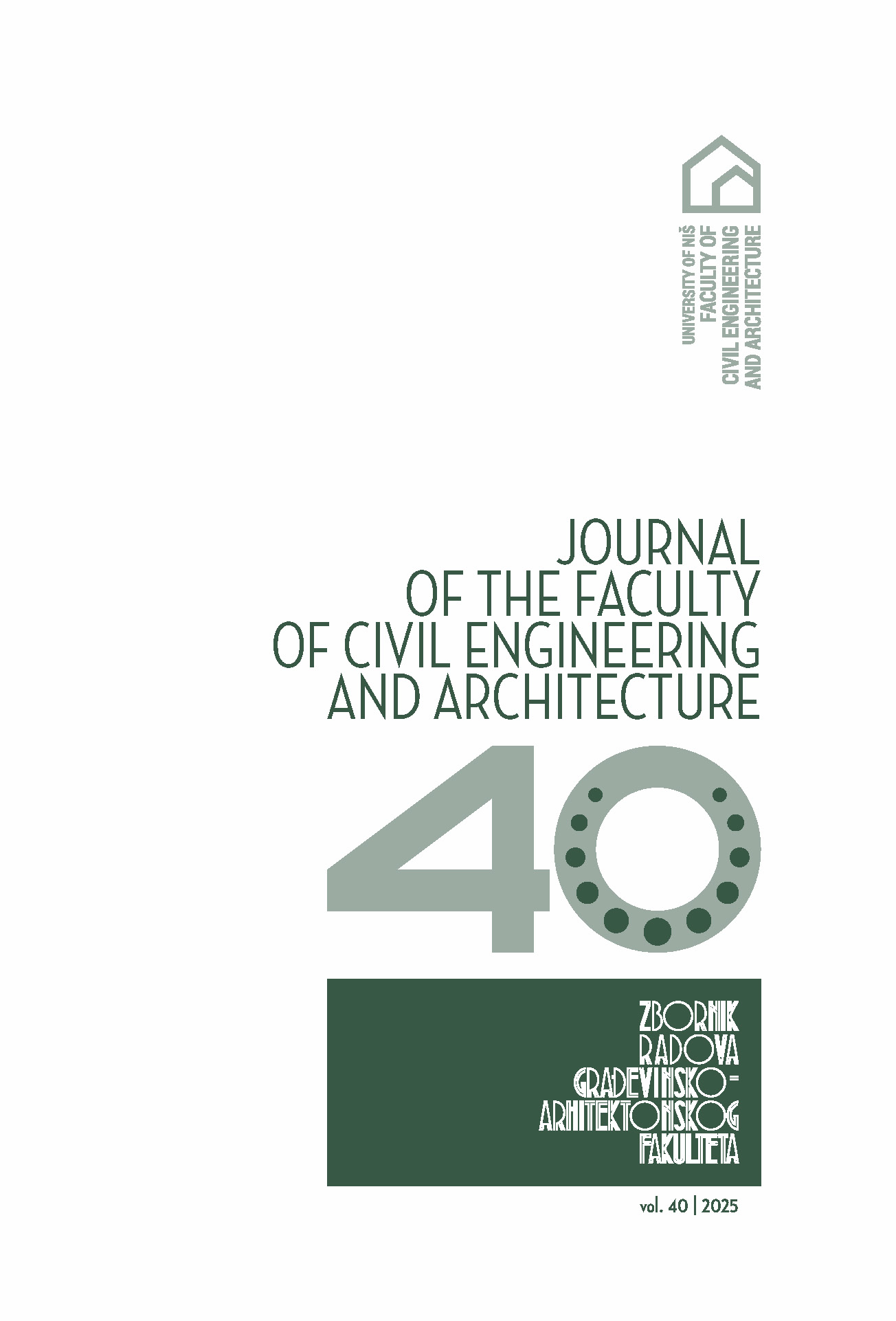 ,
,
Harbin Institute of Technology , Harbin , China

University of Nis , Niš , Serbia
Coastal bridges constitute critical components for the transportation in offshore areas, and thus their serviceability and safety against hazard such as earthquakes need to be ensured in a life-cycle perspective. However, coastal bridges are confronted with significant corrosion that results in degradation effects mainly on concrete piers. This can make the resistance property of bridge diverse from the initially designed state. Hence, it is vital to predict the residual performance of coastal bridges throughout its life-cycle period. Prior studies described the corrosion evolvement using mostly deterministic methods, whereas the uncertainty was neglected in terms of both the corrosion environment and concrete performance. In this study, the corrosion developed of bridge pier was investigated probabilistically. A convolutional formula was proposed to account for the correlation between the initial corrosion time and the remained time to the expected lifetime. The proposed approach was validated using a prototype bridge in China, where the corrosion environment was captured by historical chloride data, the uncertainty in other parameters was reflected using random variables. The results showed that the proposed method can well apply to predicting the corrosion state in the bridge life-cycle period, where the initial corrosion time approaches closely to skewed distribution. The selected bridge exhibited notable corrosion likelihood at the end of lifetime. It was found that the probability of corrosion absence is approximately 30% while the maximum loss mass ratio reaches around 45% for the lifespan of 100 yrs. The proposed method can be further used to determine the degraded performance for bridge analysis under other impacts such as earthquakes and waves.

The statements, opinions and data contained in the journal are solely those of the individual authors and contributors and not of the publisher and the editor(s). We stay neutral with regard to jurisdictional claims in published maps and institutional affiliations.